
- why-dance-schooling-matters-beyond-the-moves
- developing-discipline-confidence-and-structure
- building-social-and-emotional-skills-through-dance
- how-dance-education-fuels-creativity-and-expression
- real-life-impact-why-dance-schooling-changes-lives
- finding-the-right-place-to-learn-and-grow
1. Why Dance Schooling Matters Beyond the Moves
When people ask why dance schooling is important, they often focus only on the physical skills—turns, leaps, rhythm. But the truth is, structured dance education goes far beyond choreography. It shapes mindset, nurtures discipline, encourages self-expression, and builds a foundation for life far beyond the studio.
Whether a child aspires to perform on stage or simply wants a positive outlet, dance schooling offers a unique combination of movement and meaning that few other activities provide. It becomes a safe place to fail, to grow, and to shine.
2. Developing Discipline, Confidence, and Structure
One of the most underrated benefits of dance training is the discipline it instills. From learning to arrive on time to practicing combinations repeatedly, students absorb the value of consistency and commitment early on. This structured routine often translates into better focus and time management in school and other activities.
As students master new techniques, they gain visible, tangible progress—boosting self-esteem and inner confidence. Even a shy student can begin to hold themselves taller, walk more assuredly, and speak with greater conviction, all thanks to what they’ve learned in the studio.
These qualities carry forward into adulthood, shaping how individuals approach challenges, teamwork, and personal goals.
3. Building Social and Emotional Skills Through Dance
Dance schooling isn’t just about solo performance. It often involves teamwork, group choreography, and ensemble awareness. This environment naturally builds social skills, especially in younger dancers learning how to listen, collaborate, and support one another.
For emotionally sensitive or introverted kids, dance can offer a way to express complex feelings without words. It becomes a language of the body—allowing release, healing, and celebration. Emotional intelligence is just as vital as technical skill in any great dancer’s journey.
Dance also teaches how to handle critique—learning that feedback isn’t failure, it’s growth. That’s a lesson few children master in traditional academic settings alone.
4. How Dance Education Fuels Creativity and Expression
Creative thinking thrives in dance education. Students are often encouraged to choreograph their own routines, interpret musicality in personal ways, or even improvise. These opportunities unlock their imagination and allow their unique voice to emerge—something that’s increasingly rare in test-driven educational environments.
Even in structured classical styles like ballet, dancers learn that artistry is about more than precision. It’s about intention, feeling, and connecting with others through movement.
This form of education helps young people become not just good dancers, but curious, expressive, and emotionally aware individuals.
5. Real-Life Impact: Why Dance Schooling Changes Lives
Ella, now a college freshman, began dance schooling at age 5. “I didn’t realize it at the time, but dance gave me a sense of who I was,” she says. “It taught me how to push through tough days, trust my instincts, and own my space.”
Another parent, Jason, shared how his son struggled socially until he joined a hip-hop class at age 10. “He went from avoiding eye contact to performing on stage with confidence. Dance didn’t just change his posture—it changed his mindset.”
These stories aren’t rare. For many, dance schooling becomes a transformative journey of identity, belonging, and emotional growth.
6. Finding the Right Place to Learn and Grow
Of course, not all dance programs offer the same experience. The environment, teaching style, and curriculum all matter. That’s why places like American Dance Academy focus not just on technique, but on nurturing the whole student.
From beginner classes to advanced programs, American Dance Academy offers structured, inspiring environments where students are empowered to grow both as dancers and as people. Their instructors combine experience with empathy—ensuring each child feels seen, supported, and challenged.
If you’re considering whether dance schooling is right for your child—or for yourself—there’s no better time to explore it. Movement can become more than a skill. It can become a lifelong source of joy, strength, and purpose.
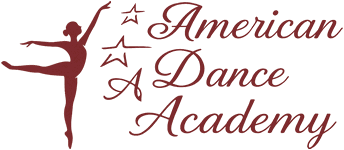

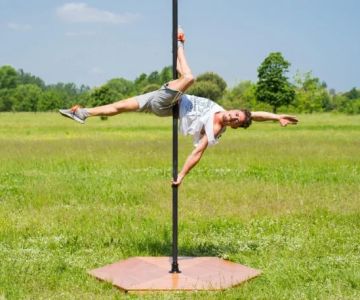
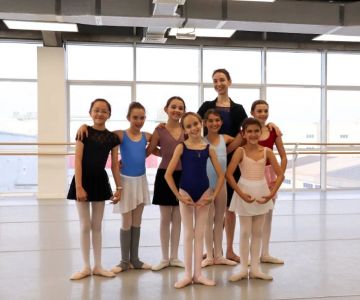
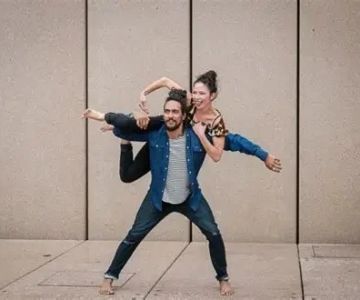
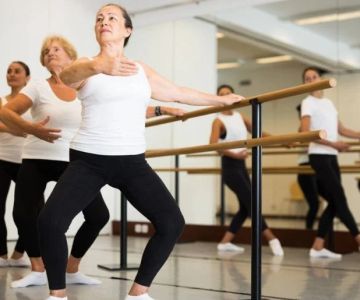
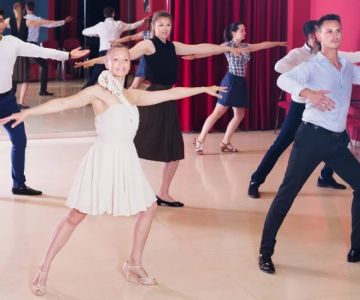
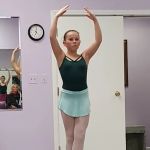 Barrington Dance Academy5.0 (22 reviews)
Barrington Dance Academy5.0 (22 reviews) Canyon Concert Ballet4.0 (17 reviews)
Canyon Concert Ballet4.0 (17 reviews) Big City Dance Center LLC4.0 (25 reviews)
Big City Dance Center LLC4.0 (25 reviews) Tye Chua Dance & Kalamazoo Ballet5.0 (18 reviews)
Tye Chua Dance & Kalamazoo Ballet5.0 (18 reviews) Fenton Ballet Theatre4.0 (24 reviews)
Fenton Ballet Theatre4.0 (24 reviews) Front Street Dance Center5.0 (7 reviews)
Front Street Dance Center5.0 (7 reviews) Are There Dances in Middle School? What Students and Parents Should Know
Are There Dances in Middle School? What Students and Parents Should Know How a Dance School in Instagram Builds Community and Success
How a Dance School in Instagram Builds Community and Success Why Do Schools Teach Square Dancing?
Why Do Schools Teach Square Dancing?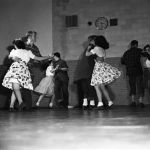 Why Was Square Dancing Taught in School?
Why Was Square Dancing Taught in School? Why Swing Dance Is Popular for Adults
Why Swing Dance Is Popular for Adults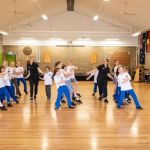 A School Dance: How to Prepare, Shine, and Make It Unforgettable
A School Dance: How to Prepare, Shine, and Make It Unforgettable